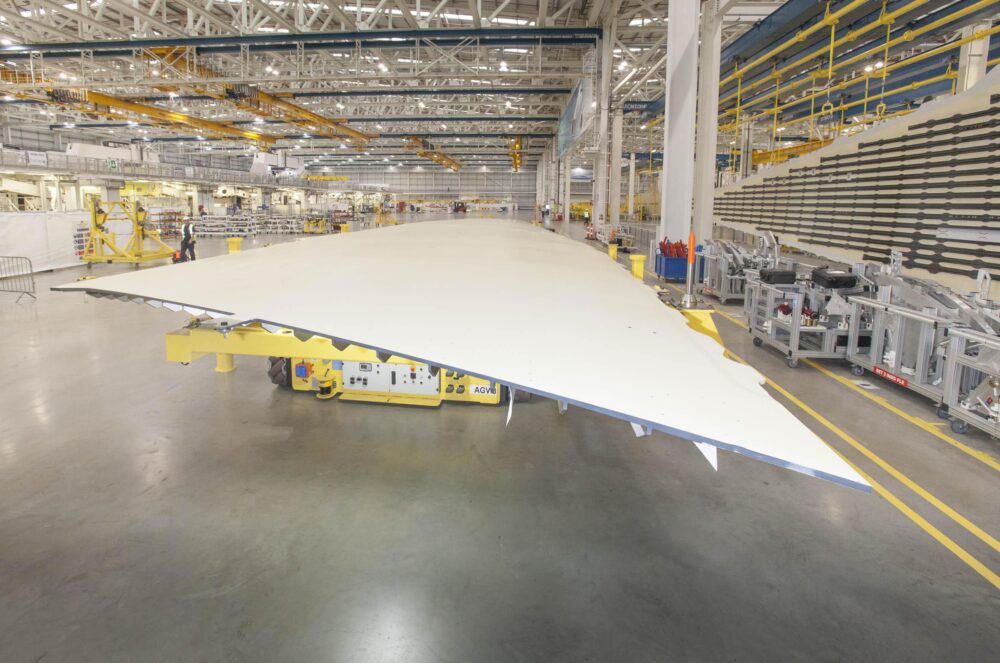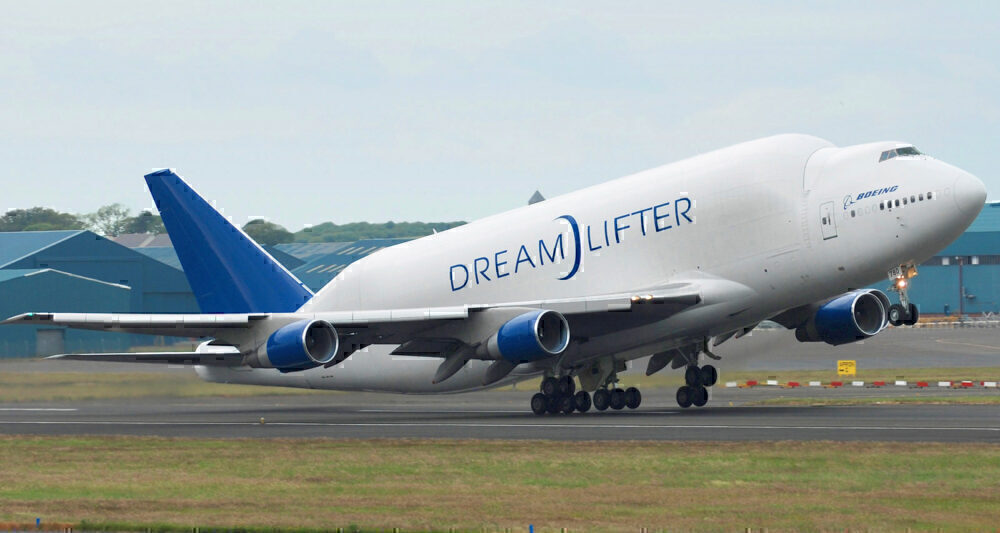The wings are one of the most critical parts of any aircraft, giving it the ability to actually lift off the ground. These extremely long metal fins have to be strong enough to tolerate high levels of stress while also being aerodynamically efficient. So how exactly is this key aircraft part designed, assembled, and delivered?

Critical part
Wings are one of the key parts of any aircraft, giving it the ability to take off from the ground and stay in the air. Using thrust from the engines and airflow around them, wings are able to create enough lift to propel the aircraft upwards, the key idea of aerodynamics. In addition to just the metal structure, wings also feature components such as flaps, slats, and winglets to further aid in lift.
Most aircraft wings are constructed from aerospace-grade aluminum and, more recently, composite materials such as carbon fiber. Both these materials have an extremely high tensile strength, ensuring that wings can sustain far more than any conditions seen during any flight. Composite materials are lighter, which is why most widebody aircraft, such as the 787 with its curved wings and A350, now favor more composites over aluminum.




The wing frame consists of three main components: rear spar, main spar, and ribs. The spars run the length of the wing, while the ribs run across the width. The required systems, like flaps and slats, are fitted into this design and later covered with the white panels we see on the outside.
Designs
Due to their key function, aircraft manufacturers are always looking for a way to make the wings more useful and efficient. Depending on the plane’s weight and size, wing length has to be adjusted while maintaining a high lift-to-drag ratio. However, longer wings also mean more weight and fuel burn.
Balancing all of this is not an easy task but manufacturers have found a way. For example, the upcoming 777X features a new longer wing design (to carry more passengers and cargo) and offsets this with a lighter weight design. The trend is certainly towards longer wings in the future.




Aside from the metal fins, wings include more technical systems too, such as computer systems and sensors. Notably, manufacturers have to redesign the number and positions of flaps and slats in every new wing. Flaps are the movable parts found at the back of the wing (slats are on the front), allowing pilots to increase or decrease drag depending on the situation.
Curved wingtips have also become increasingly popular in recent years since they reduce drag and fuel burn, making them a popular fixture of new planes such as the 737 MAX and A320neo. While they may seem like a small change, wingtips can reduce fuel usage by as much as 4-5% on flights.
How and where are they made?
Designing the aircraft wing is only the first step of the process, next comes manufacturing. Both Airbus and Boeing have separate factories producing specific parts, which means there are some dedicated facilities to just wings. Airbus currently has a production facility in Broughton, Wales, which makes wings for all Airbus aircraft from the A220 and A380. Boeing makes most of its wings at its Everett, Washington facility.
The wings start from just assembling the metallic frame of spars and ribs, followed by adding the flight systems and aerodynamic components, fuel tanks, engine holders, and finally, the wingtips. All of this happens on an assembly line, where parts are added and tested being shipped to aircraft assembly plants.




The wing facilities themselves are massive, considering they have to make wings that over 70 meters long in some cases. Airbus’ Broughton facility is over 900,000 sqft, while Boeing’s Everett plants are over 1.3 million sqft. These plants make everything from the spars to wiring to assembling the wings themselves. But how do these wings make it across the world to final assembly lines around the world?
Transportation
The only thing big enough to carry an aircraft wing is an even biggest aircraft. For this purpose, both Airbus and Boeing have their own dedicated fleet of jumbo-freighters, designed to carry oversized parts like wings or fuselage parts.
Airbus currently operates a fleet of Beluga and Beluga XL planes to transport wings from Broughton to destinations such as Tianjin or Toulouse. Named for their appearance (which looks like a beluga whale), the manufacturer currently operates five of the older type and one BelugaXL.




Boeing has its own jumbo freighter, known as Dreamlifter (since it carries parts of the 787 Dreamliner). The Dreamlifter is modified from the 747-400F, with four currently in service. Boeing uses the plane to transport parts from Everett to Charleston and from smaller parts makers in Europe and Asia.




The future
While everything about aircraft design might be changing, wings are here to stay for a very long time. We can expect plane makers to switch to lighter, more durable materials in the future as well as extending the length to maximize payload. Boeing’s 777X, the next big aircraft release, features wings that are 23 feet longer than the 777-300ER. Combined with the trailing edge design, these wings make the aircraft much more efficient than older widebody aircraft.




Making wings is no easy task for any manufacturer, with years of design knowledge, billions in investment, and hours of logistics needed for every wing made. However, without the advances we have today, concepts like jet aircraft and long-haul travel would be distant dreams.
What do you think about the wing making process? Let us know your thoughts in the comments below!



